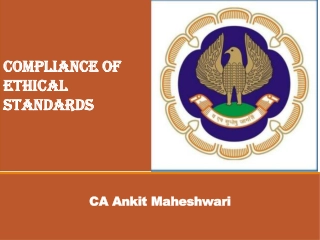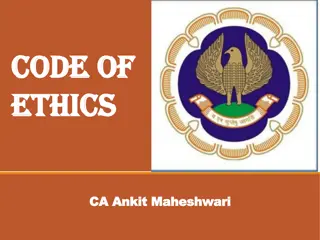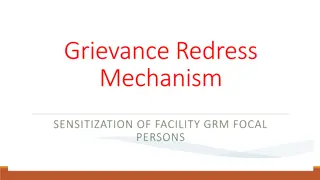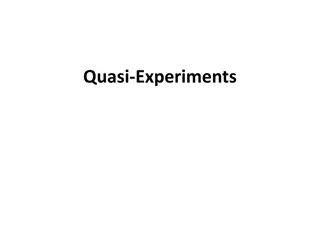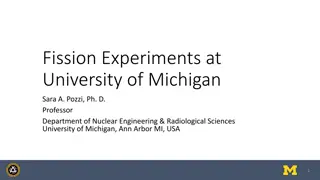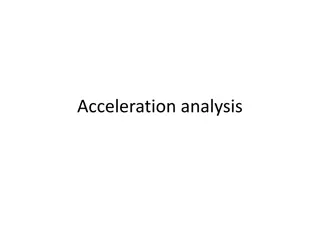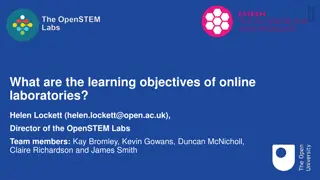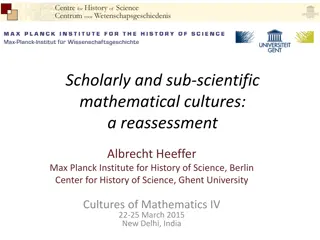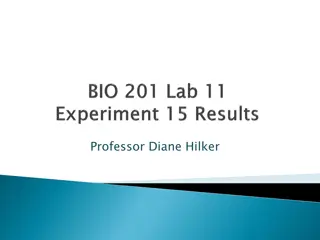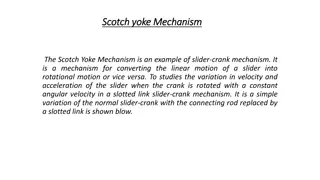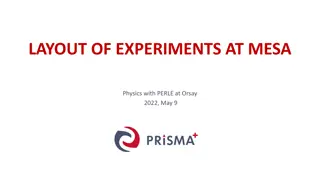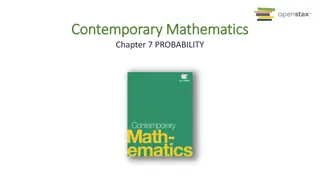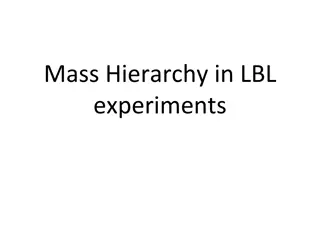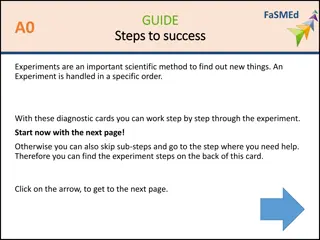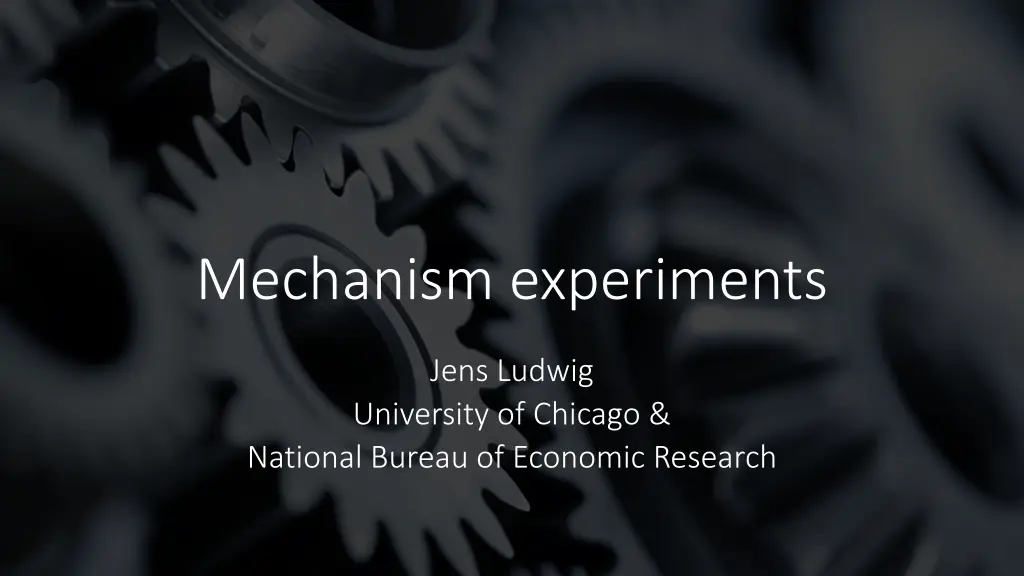
Experimental Insights in Social Sciences
Gain valuable insights into the world of social sciences through experimental mechanisms and policy evaluations. Explore the evolving field of experimental action-oriented studies and the quest for policy-relevant information within a budget. Delve into the applications of experimental design, the dynamics of policy outcomes, and the significance of mechanistic experiments in advancing social programs.
Download Presentation

Please find below an Image/Link to download the presentation.
The content on the website is provided AS IS for your information and personal use only. It may not be sold, licensed, or shared on other websites without obtaining consent from the author. If you encounter any issues during the download, it is possible that the publisher has removed the file from their server.
You are allowed to download the files provided on this website for personal or commercial use, subject to the condition that they are used lawfully. All files are the property of their respective owners.
The content on the website is provided AS IS for your information and personal use only. It may not be sold, licensed, or shared on other websites without obtaining consent from the author.
E N D
Presentation Transcript
Mechanism experiments Jens Ludwig University of Chicago & National Bureau of Economic Research
The social sciences, like the physical or biological sciences, are intellectual subjects, directed primarily toward understanding than action action Henry Reicken, 1969. President, Social Science Research Council understanding rather
Increasingly experimental action- oriented field
Experimental design problem: How to get as much policy-relevant info for given level of spending?
Y = outcome P = policy Usual approach: Test a P as close to real-world large- scale implementation as possible P Y Policy evaluation
Peter Rossis Iron Law of Evaluation The expected value of any net impact assessment of any social program is zero
PMY P = small schools Small school theory Y = student outcomes M = Greater school autonomy Peers with aligned interests Greater bonding with teachers & school staff
A tale of two possible experiments Policy evaluation P Y Mechanism experiment M Y Level of randomization could be either student or school Level of intervention is school Hence the $2 billion cost Get a sample of charter schools already have autonomy (one M) Randomize students to after school / weekend bonding time with school staff Group students by interests Cost < $2 billion
PY not always best way to get policy-relevant information We could look at P M We could look at M Y For testing P M we don t need same power as for P Y For testing M Y, don t need feasible, scalable real-world policies Mechanism experiments
What are mechanism experiments good for? Function Rule out policies Example Small schools
What are mechanism experiments good for? Function Rule out policies Expand set of policies for which we can forecast effects Example Small schools Moving to Opportunity (MTO)
The MTO Experiment MTO demonstration authorized by U.S. Congress -- Housing and Community Development Act of 1992 -- A randomized social experiment Open to families with children living in: -- public housing or in project-based assisted housing -- high-poverty neighborhoods (poverty rate >= 40%) 5 Sites: Baltimore, Boston, Chicago, Los Angeles, and New York -- 4600 families enrolled from 1994 to 1998 13
Random Assignment to 3 Groups Control No vouchers remain eligible for current project-based housing assistance Low poverty voucher (LPV) Restricted Section 8 voucher (<10% Poverty Census Tract) + Mobility Counseling Traditional voucher (TRV) Conventional Section 8 vouchers 14
Neighborhood Poverty Distribution (Weighted by time spent in each neighborhood during study period) Traditional Voucher Compliers vs Control Compliers 5 4 3 Density 2 1 0 0 .1 .2 .3 .4 .5 .6 .7 .8 .9 1 Neighborhood Poverty Rate Con Compliers (TRV) TRV Compliers 15
Neighborhood Poverty Distribution (Weighted by time spent in each neighborhood during study period) Low-Poverty Voucher Compliers vs Control Compliers 5 4 3 Density 2 1 0 0 .1 .2 .3 .4 .5 .6 .7 .8 .9 1 Neighborhood Poverty Rate Con Compliers (LPV) LPV Compliers 16
MTO effects on student test scores
What are mechanism experiments good for? Function Rule out policies Expand set of policies for which we can forecast effects Concentrate resources where there is greatest uncertainty Example Small schools Moving to Opportunity (MTO) Poverty / achievement link
P MY P = poverty M = stress Y = student achievement Policy evaluation (P Y) Mechanism experiment (M Y) Vs.
What are mechanism experiments good for? Function Rule out policies Expand set of policies for which we can forecast effects Concentrate resources where there is greatest uncertainty Strengthen causal inference Example Small schools Moving to Opportunity (MTO) Poverty / achievement link Schooling / crime link
Mechanism experiment Sample Vocational curriculum Executive functioning curriculum Control
Barriers to mechanism experiments
Lots of barriers to doing mechanism experiments are generic to all experiments Barrier to experimentation Randomization aversion Long-term outcomes (e.g. crime) Potential solution Incentives or clarify practical value Intermediate outcomes (school disciplinary actions) Etc.
Unique barrier for mechanism experiments
Basic research in medical sciences (good-to-great reputation) Basic research in social sciences (bad-to-terrible reputation)

